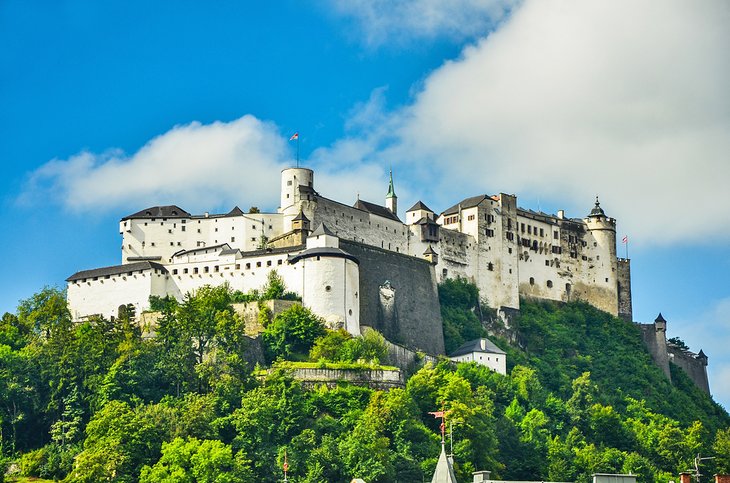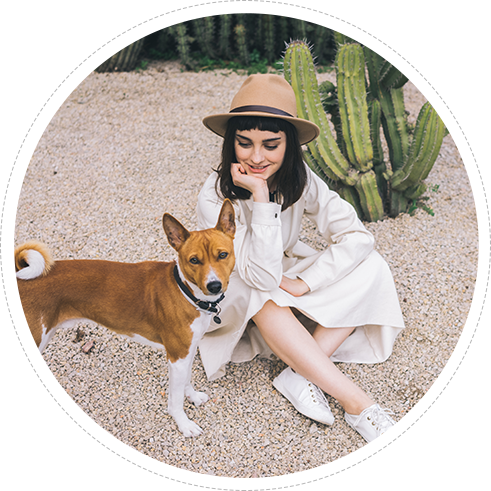1 Altstadt Salzburg (Old Town)
The Universitätsplatz is various awesome sections known as Durchhäuser weave northward to the Getreidegasse, a bustling person on foot territory a fixed with old vendor homes dating from the fifteenth to eighteenth hundreds of years.

The Highlights of a mobile voyage through this Old Town zone are its numerous created iron shop and motel signs, its excellent old patios, just as various displays, boutiques, workshops, and bistros. The eastern finish of Getreidegasse lies the Kranzlmarkt with the old Town Hall (Rathaus) encompassed by progressively old medieval houses, some as high as five stories. The Old Market (Alter Markt) stands the thirteenth century Court Pharmacy (Hofapotheke), in the square is the seventeenth century St. Florian’s Fountain with its octagonal bowl and a considerably more established winding grille from 1583. In Other Old Town sights are Judengasse with its restricted, bending paths, and in the Chiemseehof, worked in 1305 and the living arrangement of the Prince Bishops of Chiemsee until 1806; its arcaded yard is beautified with emblems. You can book your flight with Qantas Airways manage booking service.
2.Tourist Attractions Place Salzburg Cathedral
The conspicuous structure in gratitude to its twin 79-meter towers, Salzburg Cathedral (Salzburger Dom) was finished in 1657 and is well known for its Italian style and its job as the area of Mozart’s immersion. These structure’s west front, confronting the Domplatz, has four titanic marble sculptures, the external ones speaking to St. Rupert and Virgil, benefactor holy people of these territory, while the internal ones delineate Peter and Paul. The Notable highlights incorporate its three enormous bronze entryways with their images of Faith, Love, and Hope; the high special raised area with its Resurrection painted in 1628; and the brilliant frescoes in the vaulting. These internment vaults and curios in the sepulcher are additionally worth seeing, just like the Cathedral Museum with its assortments of ceremonial items and objets d’art from the Salzburg archdiocese its including the eighth century Carolingian Cross of St. Rupert, Gothic sculptures and canvases, and things from the Cathedral Treasury.
3. St. Subside’s Church
One of Salzburg’s most seasoned and most appealing houses of worship, St. Diminish’s Church (Stiftskirche St. Dwindle) its was finished in 1143, modified in 1625, and beautified in Rococo style somewhere in the range of 1757 and 1783 when its unmistakable rudder tower was included. Inside the patio under the pinnacle is the Romanesque west entryway dating from 1240, while in the inside, the arrangement of the Romanesque basilica can even now be recognized, alongside landmarks including the stone slashed burial place of St. Rupert with an inscription from 1444. Other prominent landmarks are those devoted to Mozart’s sister Marianne (Nannerl), who kicked the bucket in 1829, and to JM Haydn, sibling of Joseph. In features are the painted altarpieces on the 16 marble special stepped areas and the Lady Chapel (Marienkapelle) from 1319, which contains a stone figure of the Virgin, alongside Early Gothic frescoes and later frescoes from 1755.
4. Vacation destinations Place Schloss (Mirabell Palace) and Gardens
This nursery utilized in the shooting of The Sound of Music is at Salzburg’s flawless Schloss Mirabell, a great case of Baroque scene configuration spread out in 1690 with various patios, marble sculptures, and wellsprings. This castle itself was rebuilt in the Baroque style between 1721-27 preceding being reestablished in the less complex Neoclassical style after a fire in 1818. This Highlights of a visit incorporate the fantastic Grand Staircase, worked in the eighteenth century, with various sculptures by Georg Raphael Donner and his understudies. In the Other intriguing highlights are the Marble Hall (despite everything utilized for shows and works) and the Schloss Mirabell Baroque Museum, housed in the Gardener’s Building (the Gärtnergebäude), some portion of the bequest’s Orangery, and displaying European specialty of the seventeenth and eighteenth hundreds of years. The previous eighteenth-century aviary is presently utilized for shows, and at the southwestern corner of the nurseries stands a little outdoors theater.



